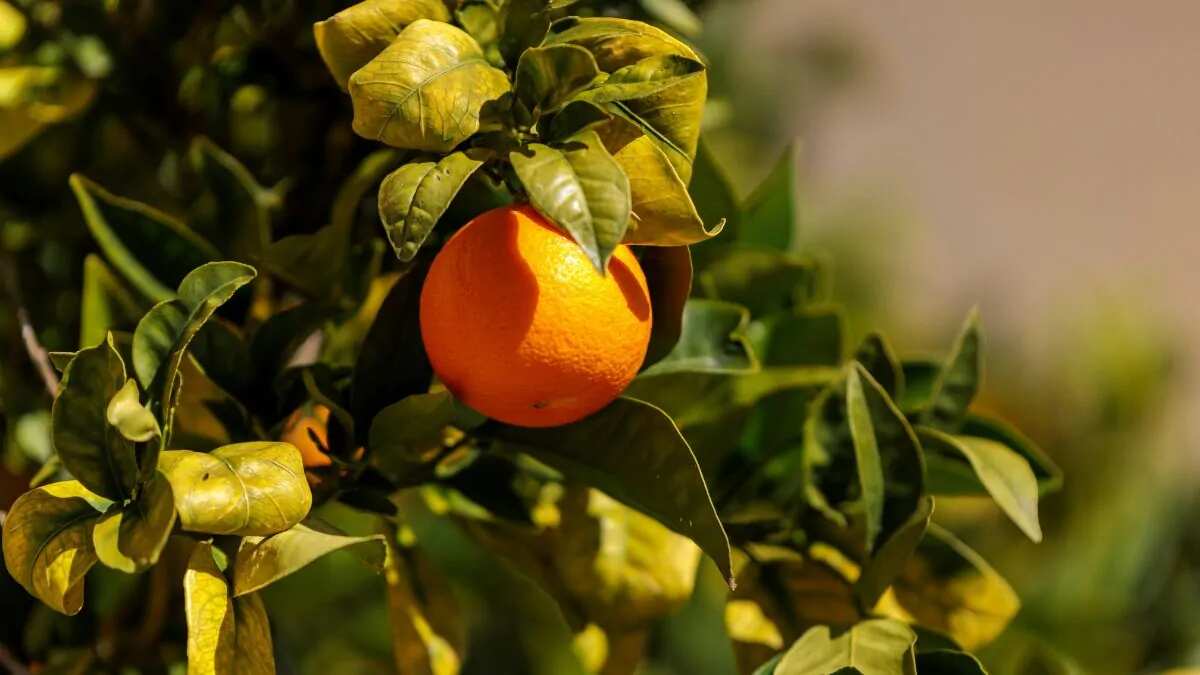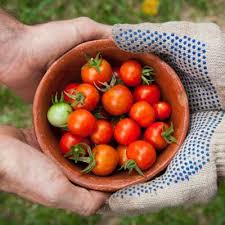Achieve a Profitable Harvest
Achieving a profitable harvest involves a series of strategic steps that include selecting plant varieties that suit environmental conditions, efficient crop management, use of appropriate agricultural technology, choosing optimal harvest times, as well as effective marketing and distribution strategies to increase the selling value of the harvest. We have a way to achieve profitable harvests for farmers and agricultural actors through a holistic approach, including selecting the right plant varieties, efficient crop management, application of the latest agricultural technology, choosing optimal harvest times, and effective marketing and distribution strategies.
1. Selection of the Right Varieties and Seeds
Selecting the right varieties and seeds is a key step in achieving a successful harvest. This includes in-depth research into varieties suited to environmental, climate and soil conditions, as well as selecting high-quality seeds that can provide optimal results. By paying attention to these factors, farmers can increase their chances of achieving a profitable harvest.
2. Efficient Crop Management
Efficient plant management involves regular plant maintenance, application of appropriate fertilizer according to plant needs, effective pest and disease control, and regular monitoring of plant growth and health. By managing crops well, farmers can increase the productivity, quality and profits of their crops.
3. Use of Agricultural Technology
Utilization of agricultural technology involves the use of various advanced tools and technologies such as soil sensors, automatic irrigation systems, agricultural management software applications, and other technologies that can increase efficiency in agricultural processes. By implementing this agricultural technology, farmers can monitor soil and plant conditions accurately, optimize the use of resources such as water and fertilizer, and increase productivity and quality of harvest. This helps create a more sustainable and profitable agricultural environment for farmers.
4. Choosing the Right Harvest Time
Choosing the right harvest time involves careful monitoring of crop maturity, weather conditions, and other factors that can affect crop quality and yield. By determining the optimal harvest time, farmers can ensure that their crops are harvested under the best conditions to achieve maximum and profitable yields.



